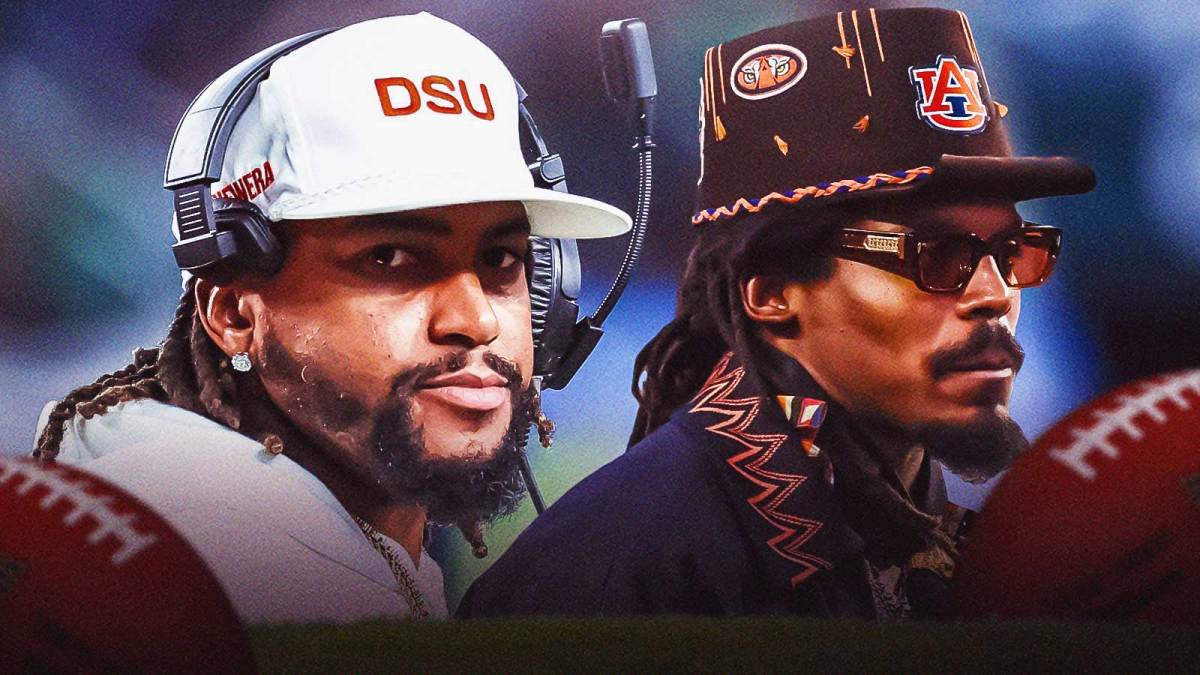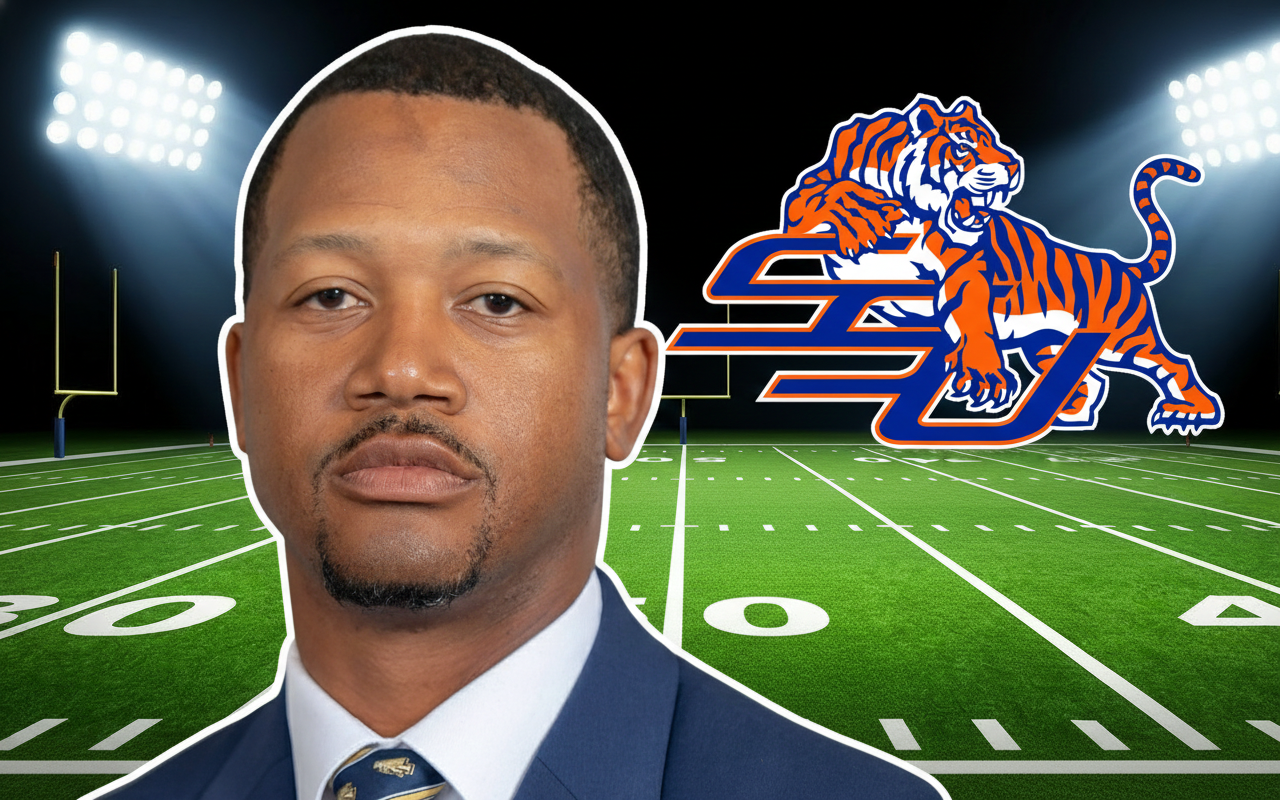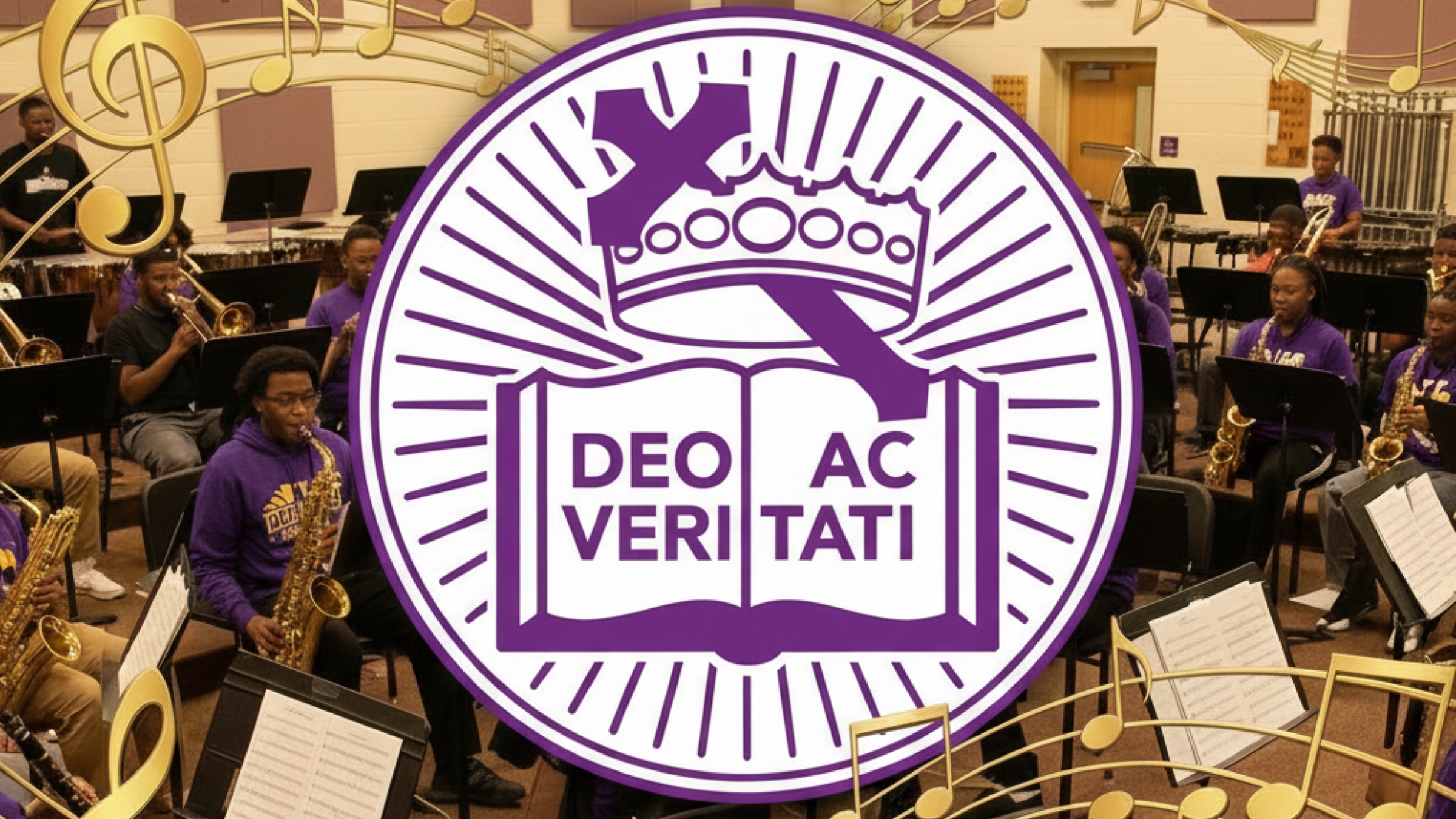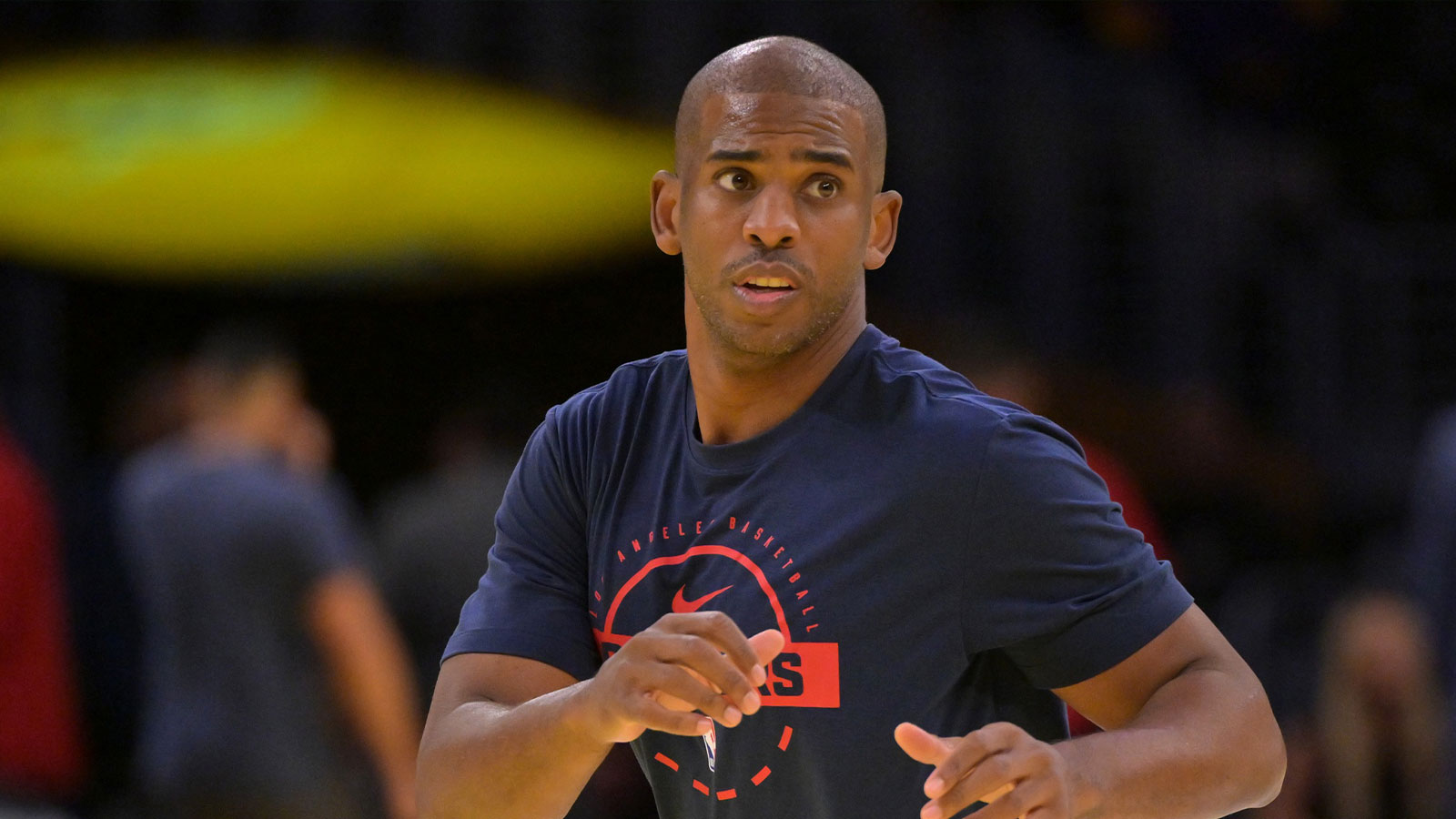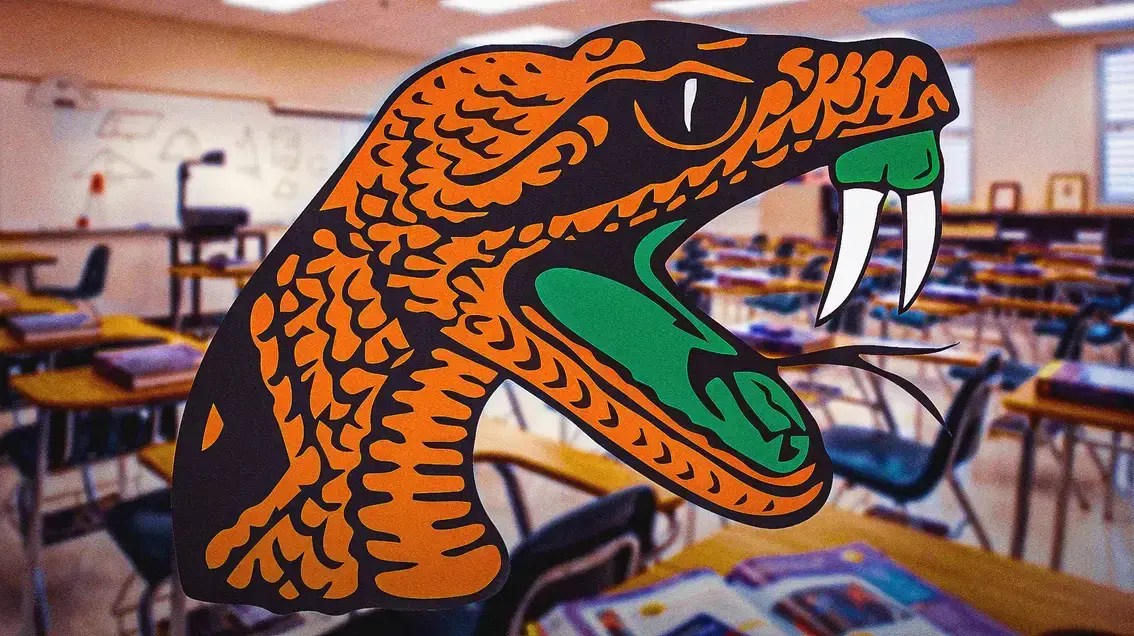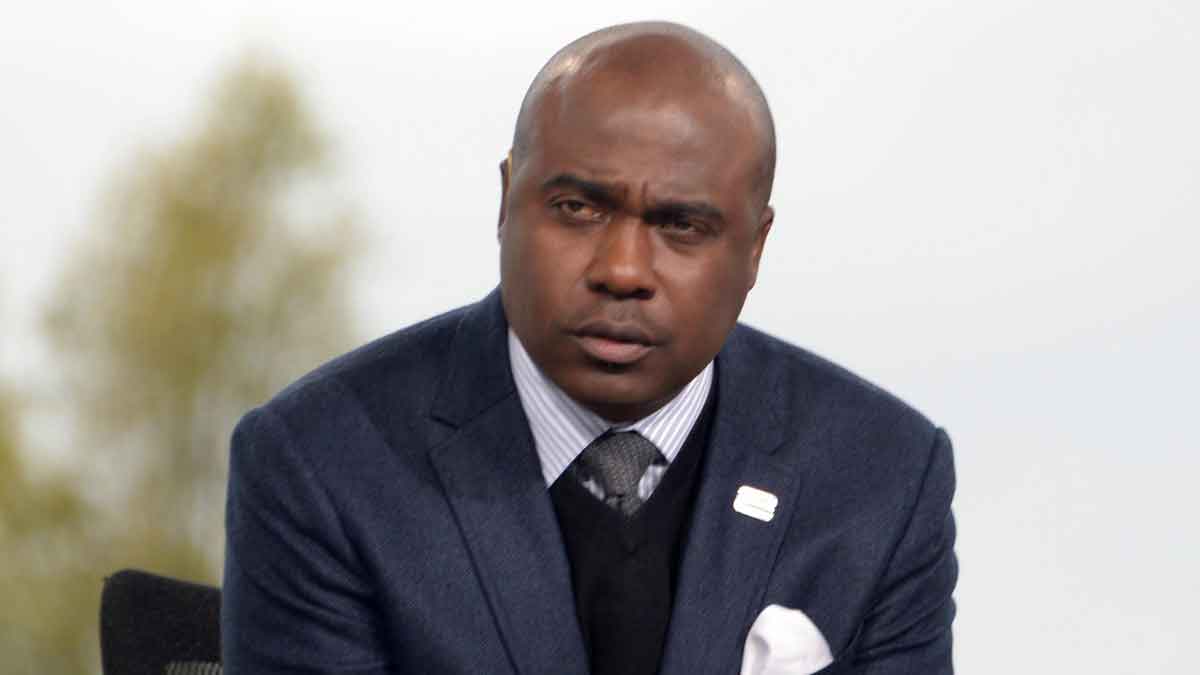I think we can all agree that the brawl between Grambling State and Bethune-Cookman on Saturday should not have occurred. An otherwise great game between two SWAC contenders looking to elevate their programs was marred by a skirmish that led to the ejection of nine players and, ultimately, the suspension of 27 players by the Southwestern Athletic Conference. The swift and sweeping action taken—including a hefty fine for both institutions—was the correct deterrent.
However, the subsequent conversation around the brawl has gone too far. Too often, when negative incidents occur at HBCUs, those situations are not treated as independent occurrences; they are immediately weaponized as an indictment of HBCUs in general or the institution as a whole.
We saw this dynamic at play during the incident between Fort Valley State and Central State University last month. I was dogged in my response to erroneous reports, specifically those linking the fight to the suspension of Fort Valley State's marching band—a suspension that was later lifted following an investigation. Lumping the two events together created the perception that Fort Valley State was an institution besieged by behavior issues and vacant leadership. That was simply not the case, as Fort Valley State was simultaneously being named the number one public HBCU in Georgia with a respectable ranking in U.S. News & World Report's top HBCU list.
We are seeing a similar instance here with Bethune-Cookman and Grambling. Because both are Division I, FCS-competing institutions, many commentators are treating the fight as a broader instance of HBCU instability. Take the comments from Cam Newton on his 4th & 1 podcast.
While I found his extreme call for the firing of Grambling State coach Mickey Joseph over the brawl excessive, my real issue was with his opening framing.
“You should look at this and say to yourself this set us back,” Newton said. He later added, “We already are at a deficit, we climbing with visibility and we literally just had a civil war over a football game?”
How is a football fight “setting HBCUs back?” It was an isolated incident during one game that only achieved the level of media coverage it did because it was a rarity in an otherwise fairly regular HBCU football weekend. But the most damaging comments came from DeSean Jackson, now head coach of the Delaware State Hornets.
On his House of Action podcast, Jackson linked the brawl to a gang fight, similar to what he saw growing up in Los Angeles. He then said the incident shows how, quote, “ghetto” Black people can be, suggesting the incident might ruin potential future opportunities—whether for players transferring, future FBS matchups, or coaches getting broader opportunities.
“That's some sh*t I see in the streets growing up. Like you got different gangs that look like a gang rivalry to me,” Jackson said. “It look like they did not like anybody on that field like that look like enemies. And, I just feel like, man, we put too much work in working hard day in and day out man to just discredit and throw it all away for that man. The head coaches, all the coaches that was involved. It just didn't look good man. And it just show how ghetto sometimes we can be, man, and it don't look good.”
He continued, saying, “Like you say, we talk about Power four, that hurts our opportunities, man. When they look down at the HBCU level and some of the things that are going on that stunts our progress and our steps to take it to the next level. You know, hopefully everyone's learned from that. You know, no one's perfect, but at the end of the day, whatever it took or whatever transpired for that to go down, hopefully they just never allow that to happen again in football.”
As HBCU alumni, we often argue for sensitivity when discussing our institutions. This isn't because we want to bury negativity; it's because we want the discourse to treat incidents within the context they deserve. The hyperbole perpetuated by figures like Newton and Jackson paints HBCUs in a bad light and is dangerously minimalistic of Black institutions as a whole. This limiting view suggests that every single bad or negative thing is an indictment of everything Black people do.
We never see this broad indictment happen in other sectors of football. Football is a violent sport, and skirmishes sometimes occur due to its high-intensity nature. Yes, what occurred on Saturday was out of control and deserved swift punishment, but it is not an indictment on HBCU football as a whole.
The reason it isn't is because the same detractors wouldn't dare say the same about fights in the FBS. Consider the massive brawl that followed the Ohio State vs. Michigan game during FBS Rivalry Week in 2024. Michigan players attempted to plant their flag on Ohio State's field, leading to a sprawling, televised five-minute fight where players were ultimately pepper-sprayed to dissipate the scene. Both institutions were subsequently fined $100,000 by the Big Ten Conference.
Yet, after that fight, there was no pervasive discourse about the brawl being an “embarrassing depiction of college football,” or the players “misrepresenting the institution,” and setting Ohio State or Michigan back. No, those institutions are viewed at the pinnacle of the sport, and the incident was treated as a rivalry issue, not a systemic failure.
We must challenge the limiting view of Black organizations that is perpetuated in our coverage. It is perfectly acceptable to say that the Grambling-Bethune Cookman fight should not have happened and that the punishment was warranted. But it is also necessary to treat the fight with the context it deserves—as an isolated incident—and not allow it to become a blanket indictment of HBCUs or Black athletes.
Cam Newton and DeSean Jackson are off base with their comments and should certainly reevaluate the way they speak about Black college football.

